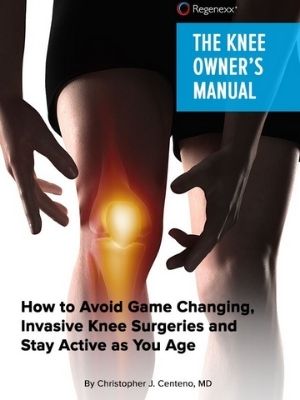Reduced Range of Motion in Knee
Get Help With Reduced Range of Motion in KneesWhat Reduced Range of Motion in Your Knee Could Mean
A knee can feel stiff if there is some swelling in or around the joint or muscle tightness can cause restricted motion This can occur from a problem in the knee joint, such as inflammation, arthritis, or infection, or an injury.
The distance and direction that a joint may move are referred to as its range of motion. Various joints in the human body have specific normal ranges set by doctors and therapists.
One study, for example, found that a normal knee should be able to bend to between 133 and 153 degrees. A typical knee should also be able to extend fully straight.
Limitation of motion occurs when a person’s range of motion in any limb is reduced below the normal range. As you age, your joints’ range of motion naturally decreases; nevertheless, it may be caused by a variety of factors.
Associated Orthopedic Conditions
ACL Tears
The Anterior Cruciate Ligament (ACL) is one of four major ligaments in the knee. It is an important stabilizer of the knee and prevents the shin bone (tibia) from sliding in front of the thigh bone (femur). The ACL is susceptible to injury. It is most likely to be injured during activity or by impact. A torn ACL is a common injury for athletes at all levels, but it is most common for people who are active or who experience impact injuries to the knee. ACL injuries can happen to anyone of any age, condition, or ability, and it can be injured in many ways. Examples include abruptly changing direction, slowing down while running, landing incorrectly, or getting struck by someone or some object.
Read More About ACL TearsIliotibial Band Syndrome (ITBS)
Also known as “IT Band Syndrome” also known as “ITB Syndrome,” iliotibial band syndrome is a painful medical condition that affects the lateral hip, leg, and knee. It can affect individuals of all ages and most often is caused by repetitive activities like running, cycling, hiking, and walking. Your iliotibial band is a thick band of connective tissue that runs from the outside of your hip down to the outside aspect of your knee. Its principal function is to stabilize the hip and knee. If it becomes tight and dysfunctional, you may experience pain along with this band of tissue due to strain or inflammation. You may also experience pain, limited range of motion in…
Read More About Iliotibial Band Syndrome (ITBS)Knee Arthritis
In the human body, a joint is simply where 2 ends of bone come together. At the ends of these bones, there is a thick substance called “Hyaline Cartilage” that lines the ends. Hyaline cartilage is extremely slippery which allows the two ends of the bone to slide on top of each other. Then there is a capsule that connects the two ends filled with “synovial fluid” that acts as a further lubricant to make it more slippery! Arthritis in the knee is defined by loss of the hyaline cartilage plus other changes that happen to the bone such as additional bone being laid down (bone spurs/osteophytes). The cartilage layer is worn down to the point of exposing the underlying bone they cover…
Read More About Knee ArthritisMeniscus Tears
The meniscus is a c-shaped piece of cartilage in the knee that functions as an important shock absorber. It is sandwiched between the thigh and shin bone. There are two menisci per knee. One on the inside portion of the knee (medial) one on the outside aspect (lateral). The knee meniscus is susceptible to injury. The most common injury is a tear in the meniscus. Not all meniscus tears however cause pain. When symptomatic a meniscus tear can cause pain, swelling, and restriction in range of motion. Tears in the knee meniscus can arise from trauma or degeneration. There are many different types of meniscus tears based upon locations….
Read More About Meniscus TearsPCL Sprain
The Posterior Cruciate Ligament is one of the paired ligaments in the middle of the knee. It is made up of 2 separate bundles: The two bundles of the PCL, and the ALB (anterior lateral bundle), and the PMB (posterior medial bundle), function synergistically to provide stability. The PCL functions as one of the main stabilizers of the knee joint and serves primarily to resist excessive posterior translation of the tibia relative to the femur. The PCL also acts as a secondary stabilizer of the knee preventing excessive rotation specifically between 90° and 120° of knee flexion. A PCL sprain happens when force is applied beyond…
Read More About PCL SprainPCL Tear
The Posterior Cruciate Ligament (PCL) is a paired ligament in the middle of the knee. It is made up of two separate bundles: ALB (anterior lateral bundle) and PMB (posterior medial bundle). These bundles work synergistically to provide stability. The PCL plays an important stabilizing role in the knee joint by resisting excessive posterior translation of the tibia relative to the femur. Between 90 and 120 degrees of knee flexion, it serves as secondary support for preventing excessive rotation. PCL tears happen when force is applied beyond what the PCL tensile strength is capable of resisting. The tensile strength of the PCL is well documented…
Read More About PCL Tear